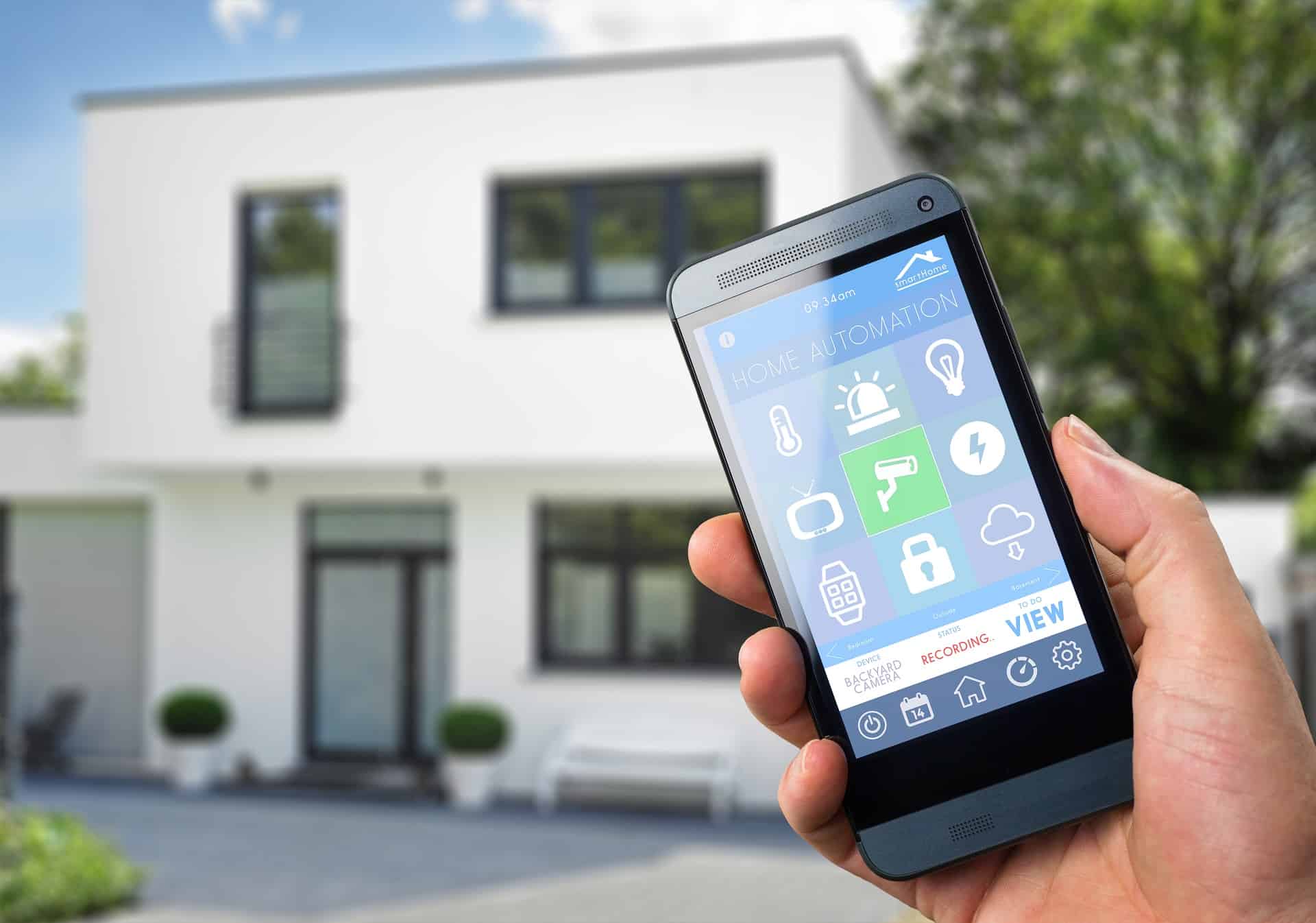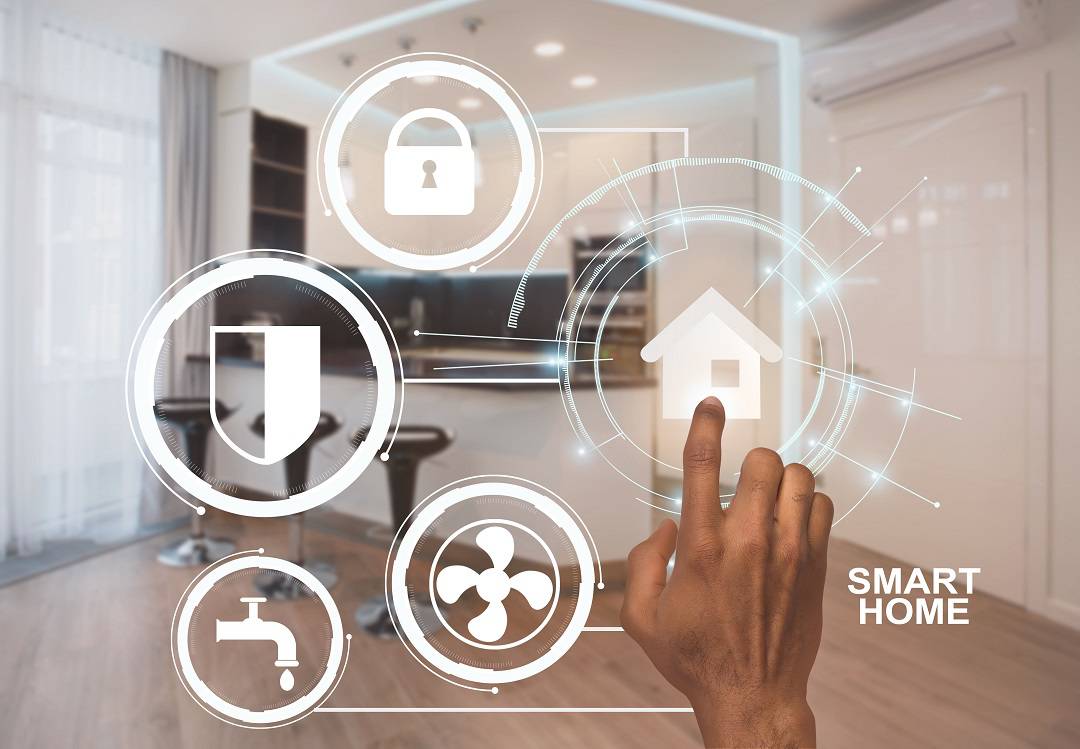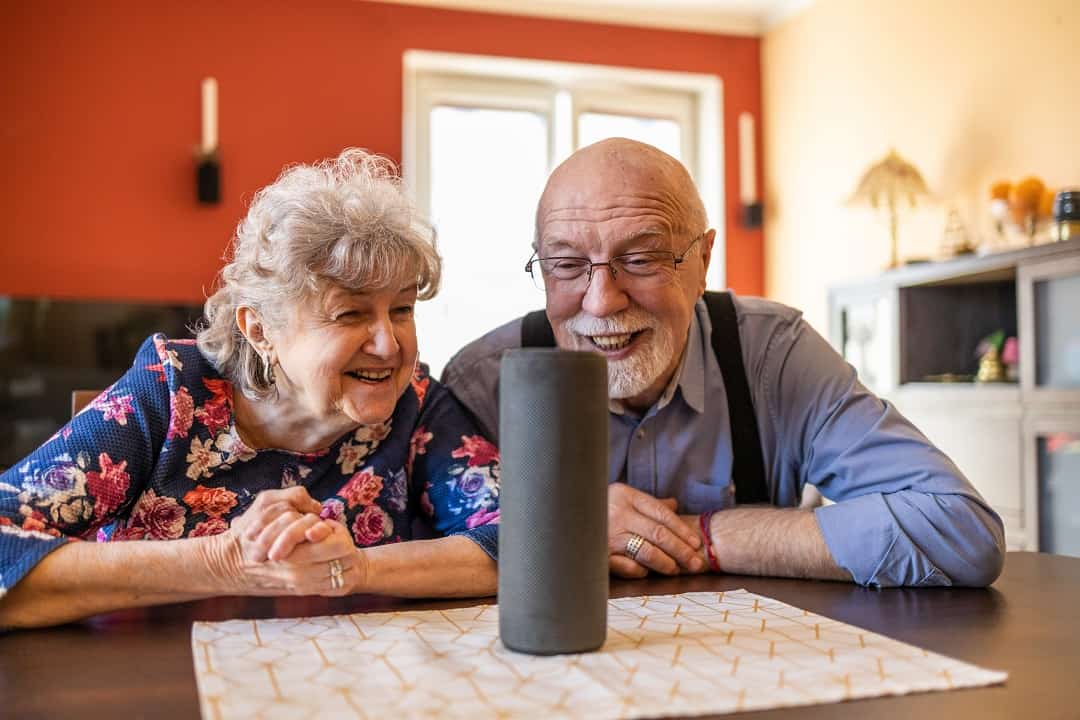Are you curious about the fascinating world of smart home technology? Are you eager to understand the inner workings of those nifty sensors that make our homes smarter and more efficient? Look no further! In this blog post, we will delve into the science behind smart home sensors and unravel the secrets behind their remarkable capabilities. From motion detection to temperature sensing, these tiny devices have revolutionized the way we interact with our homes.
What are smart home sensors?
Smart home sensors are devices that are designed to detect and measure various aspects of your home environment. These sensors are typically wireless and can be placed throughout your home to monitor things like temperature, humidity, motion, and even air quality. They collect data and send it to a central hub or your smartphone, allowing you to keep track of what’s happening in your home at all times. Smart home sensors are an essential part of creating a connected home, as they can help automate tasks, enhance security, and improve energy efficiency. They are easy to install and can be controlled remotely, making them a convenient and valuable addition to any smart home setup.
How do smart home sensors work?
Smart home sensors work by detecting changes in their environment and sending signals to a central hub or a smartphone app. These sensors use various technologies such as motion detection, temperature sensing, light sensing, and even sound detection to monitor different aspects of your home. For example, a motion sensor can detect movement in a room and trigger lights to turn on or send an alert to your phone. Temperature sensors can help adjust the thermostat automatically based on the room’s temperature, ensuring optimal comfort and energy efficiency. Smart home sensors typically communicate wirelessly, using protocols like Wi-Fi or Zigbee, allowing them to connect to other smart devices in your home and create a coordinated system. This way, you can have better control over your home’s security, energy usage, and overall convenience.
How Smart Motion Sensors Work
Motion sensors are designed to detect movement within a specific area. They work by emitting bursts of infrared energy and measuring the reflection of that energy. When an object or person moves within the range of the sensor, it disrupts the infrared energy pattern, triggering an alert or an action. This technology is based on the principle of passive infrared (PIR) detection, which is commonly used in security systems and smart lighting. Motion sensors are a key component in home automation, enabling features such as automatic lighting, security alarms, and energy-saving measures.
How Smart Door and Window Sensors Work
Door and window sensors are essential for home security. They are typically composed of two parts: the sensor and the magnet. When the door or window is closed, the magnet aligns with the sensor, completing a circuit. If the door or window is opened or tampered with, the circuit is broken, triggering an alarm or sending a notification to the homeowner’s smartphone. These sensors use reed switch technology, where a pair of metal contacts inside the sensor are separated by a magnetic field. When the magnet is removed, the contacts separate, signaling an open door or window.
How Smart Temperature and Humidity Sensors Work
Temperature and humidity sensors play a crucial role in maintaining a comfortable and healthy indoor environment. These sensors measure the ambient temperature and humidity levels, providing valuable information for climate control systems. They use a variety of technologies, including thermistors and capacitive sensors, to accurately measure these parameters. With this data, smart home systems can adjust heating, cooling, and ventilation settings to optimize energy efficiency and ensure optimal comfort.
How Smart Smoke and Carbon Monoxide Detectors Work
Smoke and carbon monoxide detectors are essential for home safety. They use different types of sensors to detect the presence of smoke or dangerous levels of carbon monoxide gas. Smoke detectors typically use optical sensors or ionization sensors to detect the particles present in smoke. When smoke particles enter the detector, they disrupt the normal flow of light or electrical current, triggering an alarm. Carbon monoxide detectors use electrochemical sensors to detect the presence of carbon monoxide gas. When carbon monoxide comes into contact with the sensor, it causes a chemical reaction that generates an electrical signal, triggering an alarm to alert the occupants of the danger.
FAQ
What are the benefits of using smart home sensors?
There are many benefits of using smart home sensors. Smart sensors provide an added layer of security to your home. They can detect motion, door/window openings, and even smoke or carbon monoxide levels, alerting you instantly through your smartphone. This allows you to take immediate action, whether it’s contacting the authorities or simply ensuring your loved ones are safe. Smart home sensors also offer convenience and peace of mind. They can be integrated with other smart devices, such as lights and thermostats, allowing for seamless automation and energy efficiency. These sensors can also provide valuable data insights, enabling you to optimize your home’s energy usage and make informed decisions about security and safety measures. Overall, smart home sensors enhance both the security and functionality of your home, making it a more comfortable and efficient living space.
Can smart home sensors be integrated with other smart devices?
Yes, smart home sensors can be easily integrated with other smart devices. These sensors are designed to work seamlessly with a wide range of smart home devices and systems, allowing you to create a fully connected and automated home. Whether you want to connect your smart sensors to your smart lights, thermostats, security cameras, or even voice assistants like Amazon Alexa or Google Assistant, the possibilities are endless. By integrating your smart home sensors with other devices, you can create customized automation routines and trigger actions based on sensor inputs. For example, you can set your lights to turn on automatically when motion is detected or receive notifications on your phone when a door or window sensor is triggered. The integration capabilities of smart home sensors make them an essential component of any smart home setup.
Are smart home sensors easy to install?
Yes, smart home sensors are generally easy to install. Most smart home sensors are designed to be user-friendly and require minimal technical expertise. They often come with clear instructions and can be easily set up using a smartphone or a hub. Some sensors are wireless, which means you don’t have to deal with complicated wiring. Simply place the sensor in the desired location, connect it to your smart home system, and you’re good to go. In addition, many smart home sensor manufacturers provide online tutorials and customer support to assist you during the installation process. So, even if you’re not tech-savvy, you can still enjoy the benefits of a smart home system with ease.
How reliable are smart home sensors?
Smart home sensors are highly reliable in providing accurate and timely information. These sensors are designed to detect and monitor various aspects of your home, such as temperature, humidity, motion, and more. They use advanced technology and algorithms to ensure accurate readings and minimize false alarms. Additionally, smart home sensors often have built-in self-check mechanisms to detect any malfunctions or issues, ensuring their reliability over time. It’s important to choose reputable brands and read user reviews to ensure you’re investing in reliable smart home sensors that meet your specific needs and expectations.
In Summary
I hope you found the information on smart home sensors and how they work both fascinating and enlightening. Exploring the world of smart home technology and understanding the science behind it is truly exciting. From motion sensors to temperature sensors, these devices play a crucial role in making our lives more convenient and secure.




